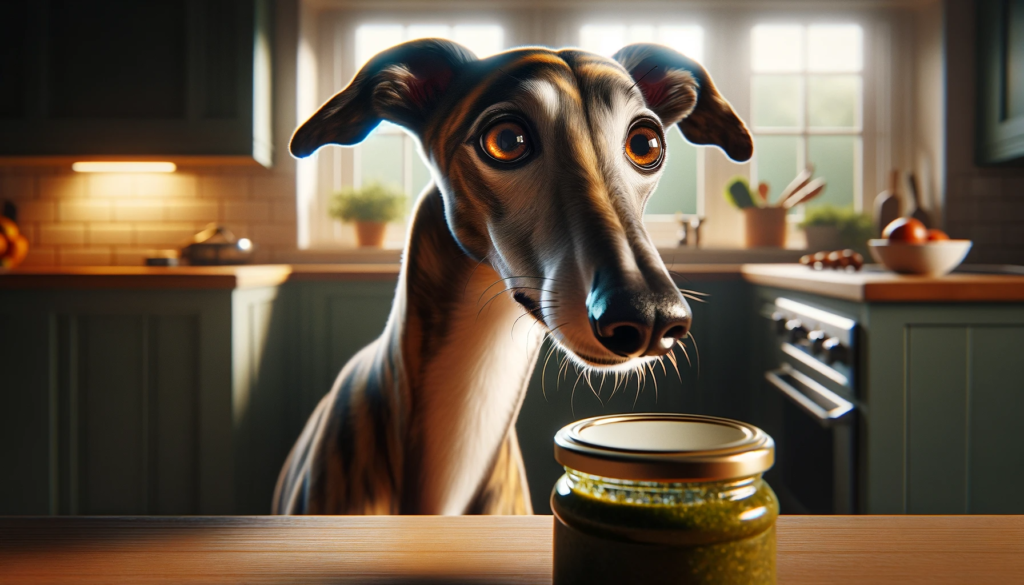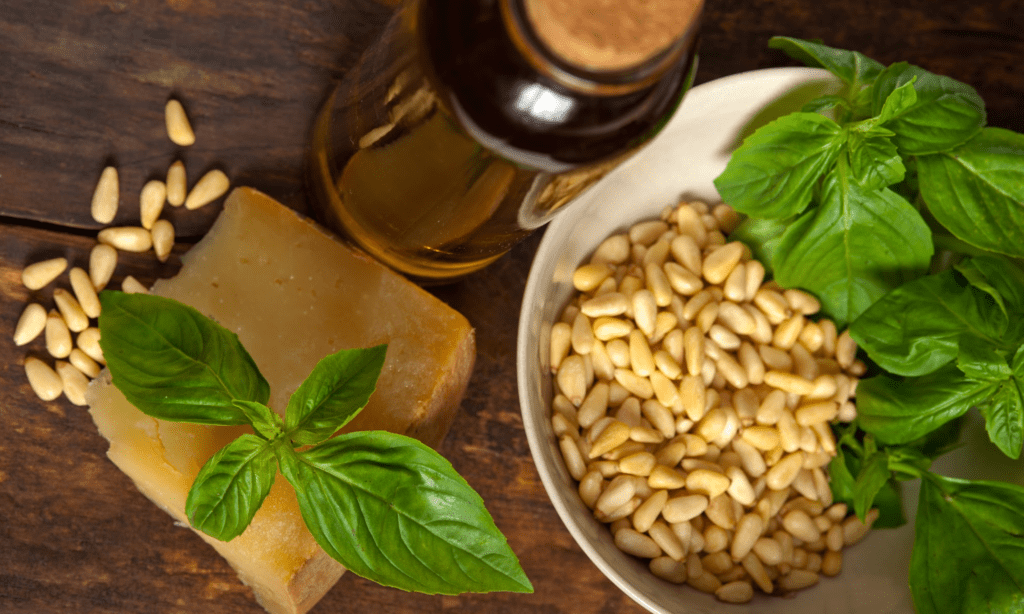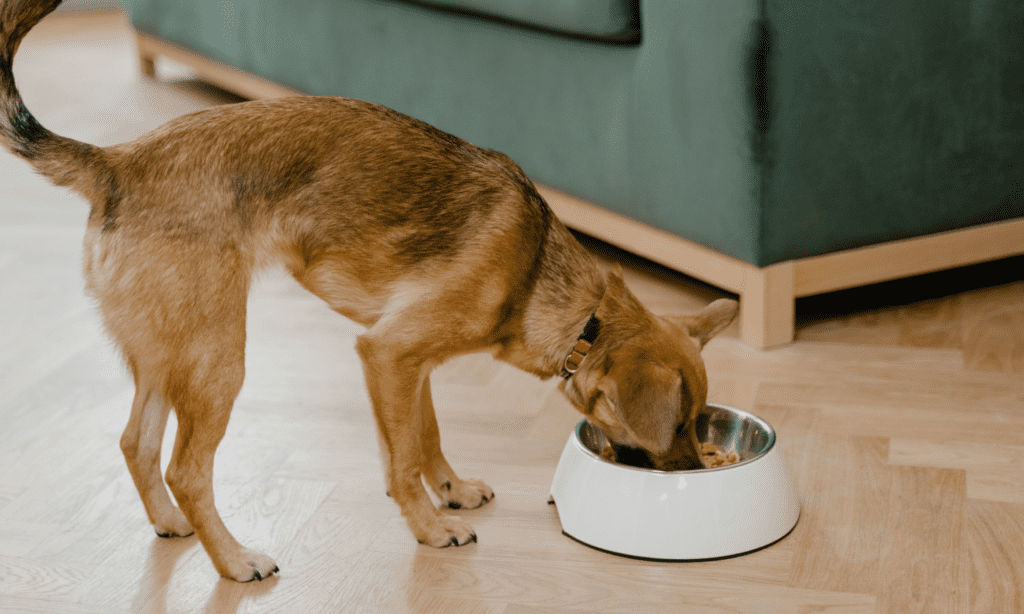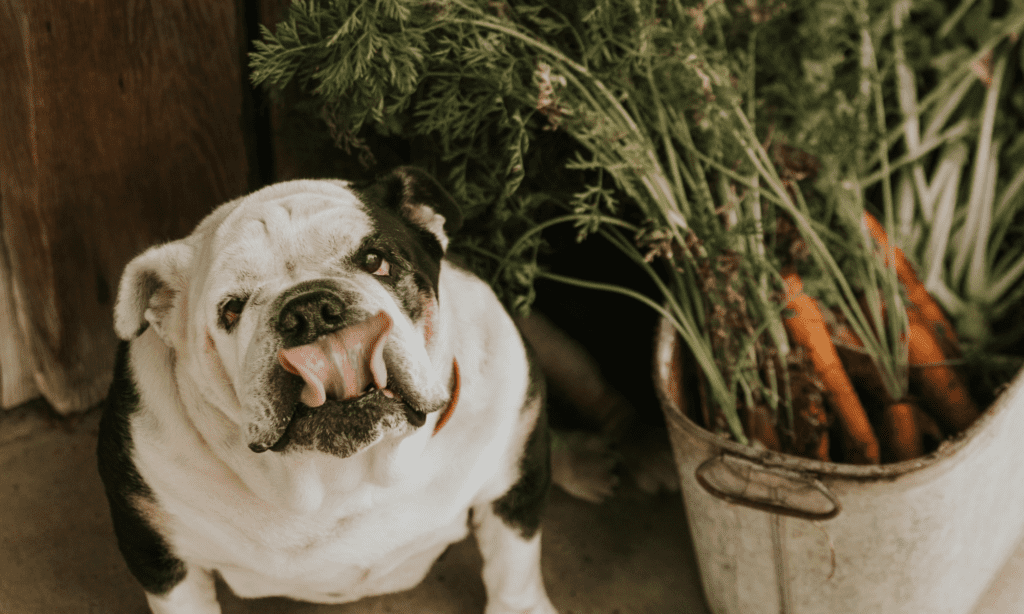As a dog owner, you’re always on the lookout for delicious treats and foods to share with your beloved canine companion. But sometimes, our curious pups get into things they shouldn’t, leaving us frantically searching the internet for answers. So, what about that tasty Italian sauce we all love—pesto? Can dogs have pesto, or is it bad for them? The short answer is no, dogs should not eat pesto. If you’ve just discovered that your furry friend has indulged in some pesto, don’t panic! We’re here to help you understand the potential risks and what to do next. In this comprehensive guide, we’ll break down the main ingredients of pesto, their effects on dogs, what to do if your dog eats pesto, and even offer some dog-friendly pesto alternatives. Grab a cup of tea, take a deep breath, and let’s dive into the world of dogs and pesto!

The Main Ingredients of Pesto and Their Effects on Dogs
Before we delve into the potential risks of dogs consuming pesto, let’s first understand the key components of this popular Italian sauce. Pesto typically consists of five main ingredients: basil, garlic, pine nuts, Parmesan cheese, and olive oil. Each of these ingredients has its own set of potential benefits and drawbacks for dogs. By examining the effects of each ingredient, we can better assess the overall safety of pesto for our furry friends. So, let’s explore the impact of these ingredients on dogs and what to keep in mind when it comes to sharing—or safeguarding—your pesto.
Basil
In small amounts, basil can be safe for dogs and may even offer some health benefits. It contains vitamins A, C, and K, as well as antioxidants and anti-inflammatory properties that could promote overall well-being in your canine companion. While generally safe in moderation, large amounts of basil can cause digestive upset or diarrhea in some dogs. Additionally, certain types of basil, such as “lemon basil,” contain essential oils that can be toxic for dogs if consumed in excessive amounts.

Garlic
Garlic is toxic to dogs, as it contains compounds called thiosulfates that can damage red blood cells, leading to anemia. Even small amounts can be harmful, particularly if ingested regularly over time. Symptoms of garlic toxicity in dogs may include:
- vomiting
- diarrhea
- abdominal pain
- weakness
- pale gums
- rapid breathing
If you suspect your dog has consumed garlic, contact your veterinarian immediately. They may recommend inducing vomiting, administering activated charcoal, or providing supportive care to help your dog recover.
Pine Nuts
Pine nuts aren’t poisonous to our canine friends and can actually offer them beneficial nutrients, such as healthy fats, vitamins, and minerals. However, it’s important to remember that pine nuts are calorie-dense and high in fat, so giving them to your dog in large amounts or too often could lead to obesity or even pancreatitis. Additionally, some dogs might have an allergic reaction to pine nuts, which could result in symptoms like:
- itching
- hives
- swelling
- trouble breathing
If you ever notice your dog showing any of these signs after consuming pine nuts, it’s crucial to get in touch with your vet right away.

Parmesan Cheese
Many dogs are lactose intolerant and may experience gastrointestinal upset, such as diarrhea or vomiting, when consuming dairy products like Parmesan cheese. Parmesan cheese is high in fat and sodium, which can contribute to obesity, heart disease, or kidney problems in dogs when consumed in excessive amounts or frequently.
Olive Oil
In moderation, olive oil can be beneficial for dogs, providing healthy monounsaturated fats and antioxidants. It may support a shiny coat, healthy skin, and a strong immune system. Too much olive oil can lead to weight gain, diarrhea, or pancreatitis in dogs. Therefore, it is essential to use moderation when including olive oil in your dog’s diet.

What to Do If Your Dog Eats Pesto
- Assess the situation: First, try to determine how much pesto your dog has ingested. A small lick or taste may not cause serious harm, but larger amounts could lead to health issues due to the toxic ingredients, such as garlic, or high-fat content. The size and weight of your dog play a crucial role in how they might be affected by ingesting pesto. Smaller dogs are generally more susceptible to the negative effects of toxic or high-fat foods, while larger dogs may handle it better, although it’s still not recommended for them.
- Monitoring your dog: Keep a close eye on your dog for any signs of discomfort or illness, including vomiting, diarrhea, lethargy, weakness, or changes in behavior. These symptoms can indicate an adverse reaction to the pesto ingredients, and prompt action is necessary. If your dog exhibits any symptoms or you’re concerned about the amount of pesto they’ve consumed, don’t hesitate to contact your veterinarian. They can provide guidance on the best course of action and determine whether an immediate visit to the clinic is necessary.
- Treatment and prevention: In some cases, your veterinarian may recommend administering activated charcoal to help absorb toxins from the pesto, such as garlic. Always consult your vet before giving your dog any home treatments. Depending on the severity of your dog’s reaction, your veterinarian may provide supportive care, such as IV fluids, medications, or monitoring of vital signs, to help your dog recover. To prevent future incidents, take the time to familiarize yourself with dog-safe foods and those that can be toxic or harmful. Keep dangerous foods out of reach and be mindful of what you share with your canine companion.
Safe Pesto Alternatives for Dogs
Even though traditional pesto isn’t the best option for your dog, you can still create dog-friendly pesto alternatives that are both delicious and safe for your furry friend to enjoy. Here are some ideas for creating pesto-inspired treats that your dog will love:
- Dog-friendly herbs: Instead of using basil, consider dog-safe herbs like parsley or cilantro, which have their own unique health benefits. Both parsley and cilantro are rich in vitamins and minerals, and they can help freshen your dog’s breath too!
- Nut-free pesto recipes: To avoid potential allergic reactions or excessive fat consumption, consider creating a nut-free pesto. You can use dog-safe ingredients like cooked peas, spinach, or even pumpkin seeds as an alternative to pine nuts, adding flavor and texture without the risks associated with nuts.
- Cheese substitutes: Since dairy products can cause gastrointestinal issues in lactose-intolerant dogs, try using a dairy-free cheese alternative or nutritional yeast in your dog-friendly pesto recipe. Nutritional yeast provides a cheesy flavor without the lactose and is a good source of B vitamins.
- Homemade dog treat recipes with pesto flavors: Since dairy products can cause gastrointestinal issues in lactose-intolerant dogs, try using a dairy-free cheese alternative or nutritional yeast in your dog-friendly pesto recipe. Nutritional yeast provides a cheesy flavor without the lactose and is a good source of B vitamins.
Remember, when preparing any homemade treat for your dog, always double-check the ingredients to ensure they are dog-safe and consult your veterinarian if you have any concerns about your dog’s dietary needs. By offering your dog these pesto alternatives, you can share the joy of pesto flavors without compromising their health.

Dog-Friendly Pesto Recipe
Ingredients:
- 2 cups fresh parsley or cilantro, packed (or a combination of both)
- 1 cup cooked peas (unsalted, fresh or frozen)
- 1/4 cup pumpkin seeds (unsalted)
- 2 tablespoons nutritional yeast
- 1/4 cup water or low-sodium vegetable broth (more if needed for desired consistency)
- 1 tablespoon olive oil (optional)
Instructions:
- Thoroughly wash the parsley or cilantro and pat dry.
- In a food processor or blender, combine the fresh herbs, cooked peas, pumpkin seeds, and nutritional yeast. Pulse a few times to combine the ingredients.
- Slowly add the water or low-sodium vegetable broth while continuing to pulse the mixture, scraping down the sides as needed. You may need to add more liquid to achieve your desired pesto consistency. If you choose to include olive oil, add it at this stage, but remember that moderation is essential for dogs.
- Once the pesto reaches your preferred consistency, taste and adjust seasoning as necessary. Keep in mind not to add salt, as it’s not suitable for dogs.
- Transfer the dog-friendly pesto to an airtight container and store it in the refrigerator for up to 5 days.
You can serve this dog-friendly pesto mixed into your dog’s regular food, use it as a topping for homemade dog treats, or freeze it in small portions as a refreshing summertime snack. Just remember to introduce any new food to your dog’s diet gradually and in moderation to avoid upsetting their stomach. And, as always, consult your veterinarian if you have any concerns about your dog’s dietary needs.

Conclusion
As dog owners, it’s essential to be aware of the foods that our canine companions can and cannot safely consume. While traditional pesto may be a delicious treat for us, it contains ingredients that can pose risks to our dogs’ health, such as garlic and high-fat components like pine nuts and Parmesan cheese. In the event that your dog does consume pesto, remain calm and closely monitor them for any signs of distress or illness, contacting your veterinarian if necessary.
But don’t worry, your furry friend doesn’t have to miss out on the enticing flavors of pesto! By exploring dog-friendly pesto alternatives and creating homemade treats tailored to their dietary needs, you can safely share the joy of pesto with your beloved pet. Always remember to consult your veterinarian when introducing new foods to your dog’s diet, and keep a watchful eye on them to ensure their health and happiness. In doing so, you’ll be providing your canine companion with the love, care, and attention they deserve.
~Sheena
